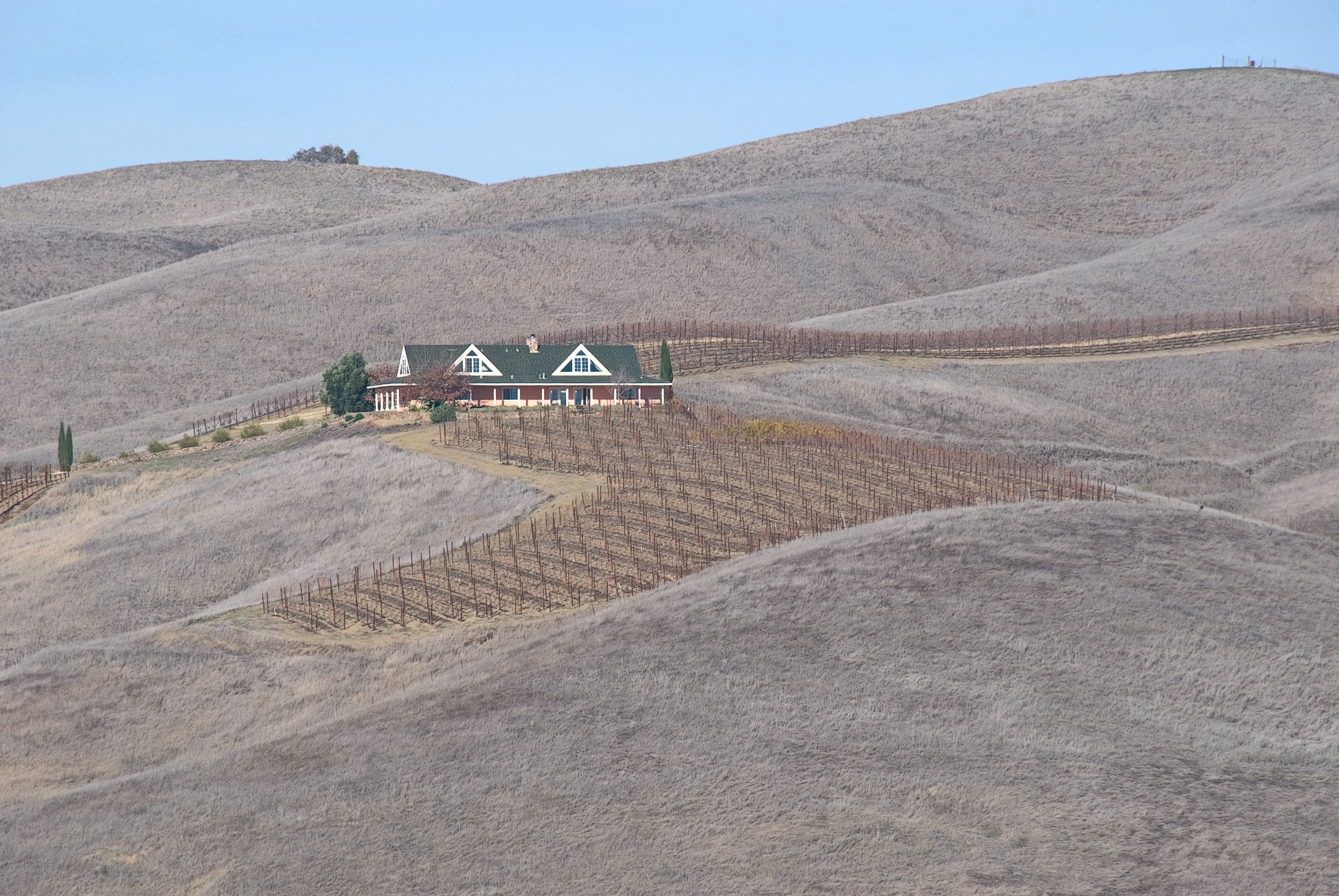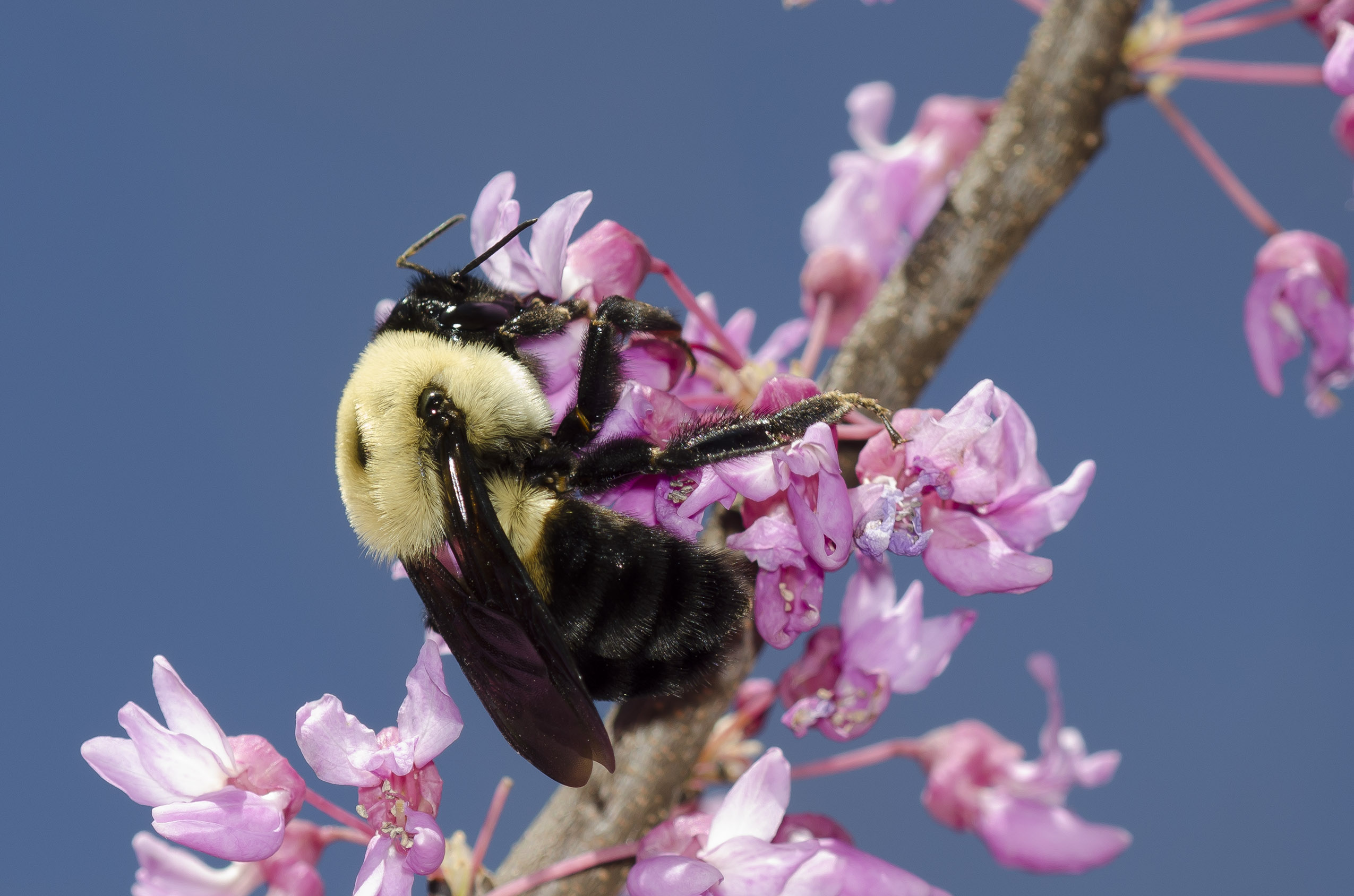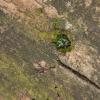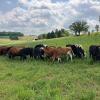Climate change is causing some species to emerge earlier or shift distributions. It is difficult to characterize how insects as a whole will be impacted.
This piece originally appeared in the Fall 2018 edition of Xerces’ publication Wings. Click to view the full Fall 2018 issue.
The best summer job I ever had involved hiking the high mountains of Colorado, one of the most beautiful areas of the world, in search of one of the world’s rarest butterflies—and I got paid to do it! It was the mid-1990s and the Uncompahgre fritillary (Boloria acrocnema) had recently been listed as endangered under the Endangered Species Act. This fritillary, with one of the smallest ranges of any North American butterfly, is found only in Colorado’s San Juan Mountains, my workplace for that summer. At that time, we knew of just three confirmed sites where the fritillary lived. My job was to help develop and implement a search strategy with the goal of documenting as many additional populations of the butterfly as possible.

The Uncompahgre fritillary is associated with large patches of snow willow (Salix nivalis), which provide food for the caterpillars and cover for the adults. The species lives almost exclusively on northeast-facing slopes, in very cold and wet microhabitats above twelve thousand feet (roughly thirty-seven hundred meters) and just below areas of year-round snow.
Together with other members of the survey team, I spent weeks hiking up to alpine areas to search out patches of snow willow and survey likely habitat. We found just a couple of additional sites that summer. More sites have been found since and there are now eleven verified populations of this fritillary species, but participating in this survey was my first real-world introduction to the effects of our changing climate. Being an ecology student, I had, of course, read about climate change. But sitting in a large patch of snow willow surrounded by little orange-and-brown butterflies that live only where there is year-round snow upslope brought home to me the impact we humans were and are having on the natural world. Due to the precarious nature of this high mountain habitat and the association between permanent snow and the fritillary’s host plant, “climatic stress” was identified as a factor in protecting this butterfly under the Endangered Species Act, one of the first times that this term was used in a listing.
When people contemplate the consequences of our changing climate, they may think of species, such as this fritillary, that live in mountains and have no place to go in a warming world. The fact is, though, that many kinds of insects, living in a wide variety of ecosystems, will be affected by the changes to climate and weather. We are already observing impacts on some species that are emerging earlier or whose distributions are changing, but, with the number of named species now more than one million, it is difficult to characterize how insects as a whole will be impacted. We do know that it won’t be consistent: some species will benefit while most will lose out. Even within a single group of insects, the Lepidoptera, there will be winners and losers. The 160,000 species of butterflies and moths around the globe occupy habitats from sea level to mountaintops and from deserts to rainforests. Some will be able to adapt to the changes and may even thrive, while others will disappear because they can neither adjust to their altered home environment nor move their range.

The United Nations Intergovernmental Science-Policy Platform on Biodiversity and Ecosystem Services has produced an assessment of pollinators (of which I was one of many authors) that provides a detailed review of the literature on climate change and pollinators. The report points out that, although there is still much to learn about the potential impacts on pollinators, current science suggests that many species will not be able to respond to warming fast enough and may go extinct. The rate of change across the landscape—especially under conditions at the middle or high range of greenhouse gas emissions—is predicted to exceed the maximum speed at which many bumble bee and butterfly species can adapt or disperse.
Studies predict that the warming climate will generate changes for many insect populations as well as for the ecosystems they inhabit, and that the higher the temperatures the worse those changes will be. And there is evidence that extreme weather, also caused by climate change, is likely to have implications for insect distributions over the coming decades.
These scenarios are not just theoretical. Here at Xerces we are already seeing the impact of extreme weather on our conservation work and having to adjust our approach. During the five years we worked with the Port of Portland to plan and create a fifty-acre pollinator meadow on Government Island in the Columbia River near Portland, Oregon, the site flooded twice. These were not typical floods, but rather both were of a magnitude that should occur just once every fifty to a hundred years. Luckily, these floods did not mean an end to the meadow. Our restoration professionals changed the seed mix to accommodate periodic flooding, and the site has been successfully restored. In California, in contrast, the problem is too little water. There, a decade-long drought required us to change our plant mixes to ensure that they would survive over time, including through prolonged dry periods. Such issues are becoming routine in our work across the United States.

Aquatic insects are especially sensitive to climate change and are particularly at risk from changes in precipitation, stream flow, and water temperature. It is expected that warming will cause the number of species in aquatic systems to decline, although some may be replaced by such invertebrates as those flies and oligochaete worms that tolerate degraded habitats. Some species may adapt by moving upstream to colder waters, but many do not have dispersal capabilities or will not have habitat in which to disperse. The imperiled western glacier stonefly (Zapada glacier), for instance, has nowhere to go to, because the glaciers that feed its stream habitat are themselves disappearing.
Certain insects are expected to benefit from a warming world. Some mosquito species that are vectors of human pathogens may move to new areas, carrying with them the potential to spread diseases. Pine bark beetles will likely continue to expand their range, because drought-stressed trees are easier for them to attack. Warming will also enable bark beetles to move poleward into regions that historically have been too cold for them to survive year-round. On the positive side, it is reasonable to expect that, as conditions become more favorable for mosquitoes and bark beetles, circumstances will also improve for their predators and parasites. And it is important to note that extensive campaigns of spraying or logging do not work to control outbreaks of mosquitoes and bark beetles; Xerces promotes an integrated approach to managing such situations.
Having read this far you might just want to throw your hands up in despair! There is no doubt that climate change is adding stress to an already stressed system. But there are things that people can do to help. First, we must try to minimize the emissions of greenhouse gases into our atmosphere. A recent study published in Science by Rachel Warren and colleagues from the University of East Anglia in Britain and James Cook University in Australia finds that holding global warming to an increase of 1.5 degrees Celsius over what the temperature was prior to the Industrial Revolution could still save the majority of the world’s plant and animal species.

Besides working to combat the causes of global warming, we can work locally to ensure that habitat is protected, enhanced, and restored. Studies suggest that animals will fare better the more we provide high-quality habitat through targeted conservation, management, and restoration. In addition to quality habitat, though, species need corridors and “stepping stones” to allow them to move across the landscape in response to warming conditions. Restoration and diversification of habitat are necessary, but it is also important to take advantage of opportunities to manage existing habitat better. Ecologically appropriate management of forests, rivers, rangelands, roadsides, and farms is urgently needed, which includes reducing such stressors as pesticides, diseases, overgrazing, and invasive species.
Linear habitats may be particularly important to aid species in their dispersal. Recent research indicates that features such as field borders, hedgerows, green lanes, and even tree-lined avenues can act as corridors for pollinators. Although roadsides are not a substitute for wildlands, they can be valuable habitat, and, with more than seventeen million acres of land in the United States stretching across agricultural and urban landscapes, roadsides can serve as linear refuges for insect species and connect remnant habitat patches. Evidence suggests that managing and restoring habitat along roadsides, as well as in powerline corridors and other linear habitats, may aid species in moving across the landscape as the climate changes. Similarly, we need to manage habitat in and along stream corridors better to allow aquatic species to move within these wet environments.
To mitigate the impacts of climate change we need to increase the amount of high-quality and resilient habitat everywhere. Natural areas are the glue that holds all other habitat together, but for insects even small patches in connected networks within agricultural, suburban, urban, and other landscapes can be beneficial. Whether you are a gardener, a farmer, or the manager of a park or nature reserve, you can take action to protect and restore habitat.
Insects are resilient, and improving the amount and quality of habitat for these small animals is often relatively easy compared to doing so for large or more-wide-ranging species. Moreover, by providing patches of intact habitat we are strengthening the base of food webs in ways that will help support vertebrate species as they are coping with climate change. It is likely that we will not be successful with all species, but, even so, although my grandchildren may not be able to see the Uncompaghre fritillary fluttering amid patches of snow willow in the San Juan Mountains, if we all do our part they may be able to see most of the other butterflies, bees, and other insects that help to sustain us all.
Further Reading
Read the full Spring 2018 edition of Wings Magazine.
View all of our online editions of Wings.



